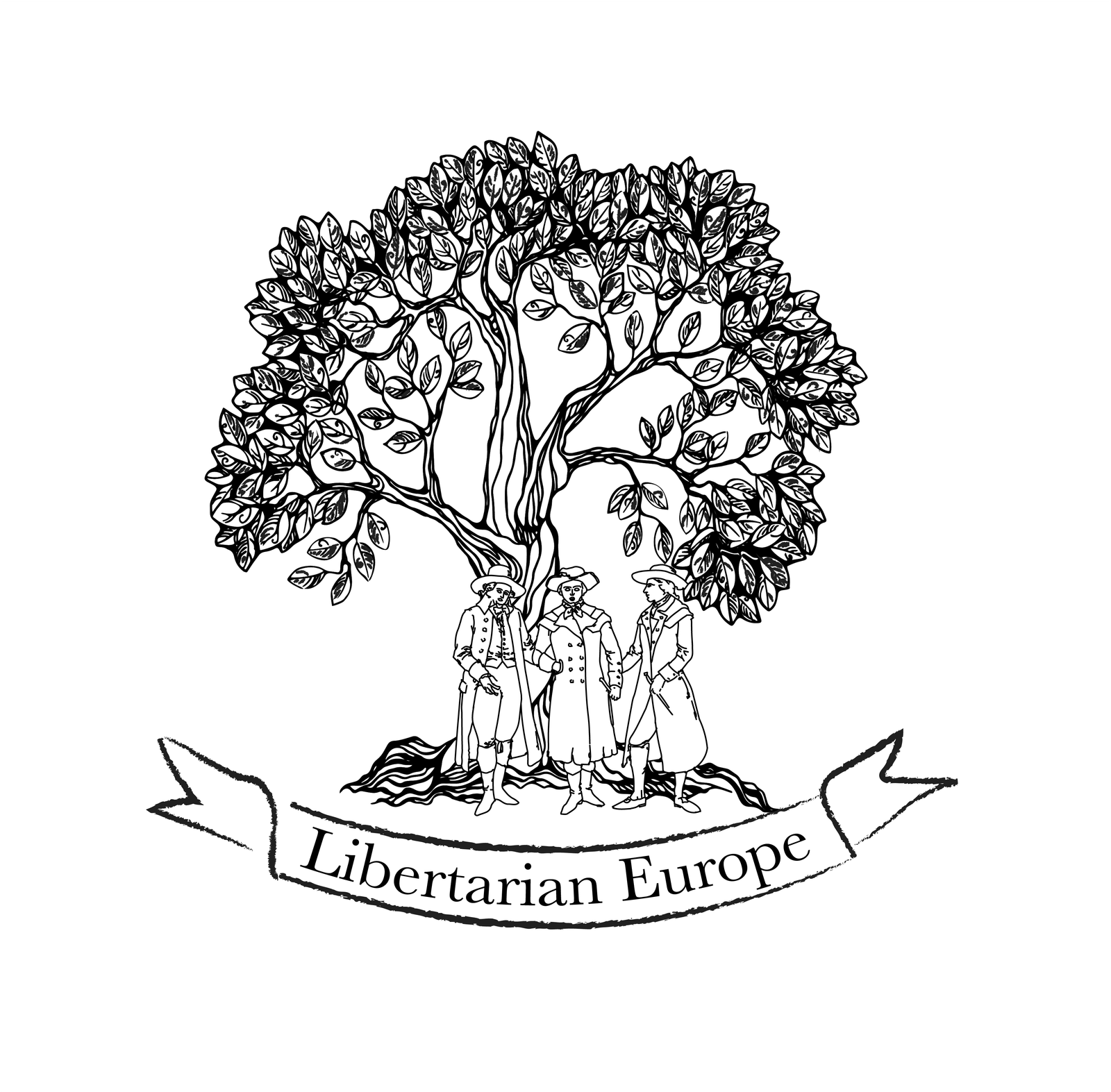
What is a price? The function of price in economics
How are prices formed? The price is analogous to a tug of war, people will try to ‘pull’ you to the side that is most convenient for them. Each buyer subjectively values a product, so each person is willing to pay a different price. The seller, in order to increase his income, tends to prefer to sell to those who are willing to pay more, and the buyer, in order to keep his money, tends to prefer to buy from the one who charges the least. Thus, the price is the result of this bargain between sellers and buyers. The more sellers, the lower their bargaining power (they will compete for the sale), so, the buyers will have more options and they will tend to buy from whoever charges the lowest price.
The logic holds in the reverse situation: the more buyers, the lower the bargaining power of each buyer (they will compete for the purchase), and the number of people willing to pay more increases, the sellers will have more options and will tend to sell to the that are willing to pay more, that is, they will charge more without decreasing sales, and so the price goes up.
As Professor Ludwig von Mises said:
Each individual, in buying or not buying and in selling or not selling, contributes his share to the formation of market prices. But the larger the market is, the smaller is the weight of each individual’s contribution. Thus the structure of market prices appears to the individual as a datum to which he must adjust his own conduct. What is called a price is always a relationship within an integrated system which is the composite effect of human relations.
Role in the Economy
The function of prices is to transmit information between economic agents, so that they can make decisions. Nobel laureate in economics, F.A. Hayek, in his essay, ‘The Use of Knowledge in Society’, writes:
We must look at the price system as such a mechanism for communicating information if we want to understand its real function—a function which, of course, it fulfils less perfectly as prices grow more rigid.
Information Transmission
To better understand how the price system transmits information between economic agents, let us take an example:
If something happens and this harms an apple crop, apples will be be less produced and its supply will decrease. As apples become more scarce and everything else stays the same, there will be fewer apples for the same number of buyers, so the competition from the buyers for the apples increases, and the price tends to rise.
Observe: The information about the problem that occurred in the crop was transmitted to the consumer through the price, but it is not necessary to be an expert in apples, much less knowing what happened to the crop or whatever the cause of the increase. To make the decision that deem more suitable, just look at the price on the supermarket label.
Some will choose to stop buying apples, others will replace the apple with another food, others will choose to continue buying the same amount of apples they used to buy. The price is a form of communication of the economic agents. Any change in this information tends to be reflected in the price. Of course, this is not only restricted to apples, the same rule can be the to all scarce goods.
The price system communicates information that influences people’s decision making. Pricing is a way of controlling scarcity: a scarcer product tends to become more expensive, causing buyers to consume less, otherwise, a few buyers could quickly empty the stocks.
The price difference of the same product in different places allows sellers to know where there is a greater demand, where people need that product more, that is, where they are willing to pay more.
In order to increase their income, sellers will choose to trade where the price is higher, and thus, by selling first where the price is higher, the needs of consumers who most desire that good are met first. However, the price does not remain high forever, as the need is met, the information changes: once consumers are already satisfied and do not intend to buy more of the product in question, demand decreases; and the product that was once scarce is now available. The price that used to be high is now lower. And so, new sellers know that they will have to commercialise in other less saturated places.
Conclusion
Professor Hayek in his work The Road to Serfdom summed up the importance of the price system well:
The more complicated the whole, the more dependent we become on that division of knowledge between individuals whose separate efforts are co-ordinated by the impersonal mechanism for transmitting the relevant information known by us as the price system.
This article was originally published here, in Portuguese.

